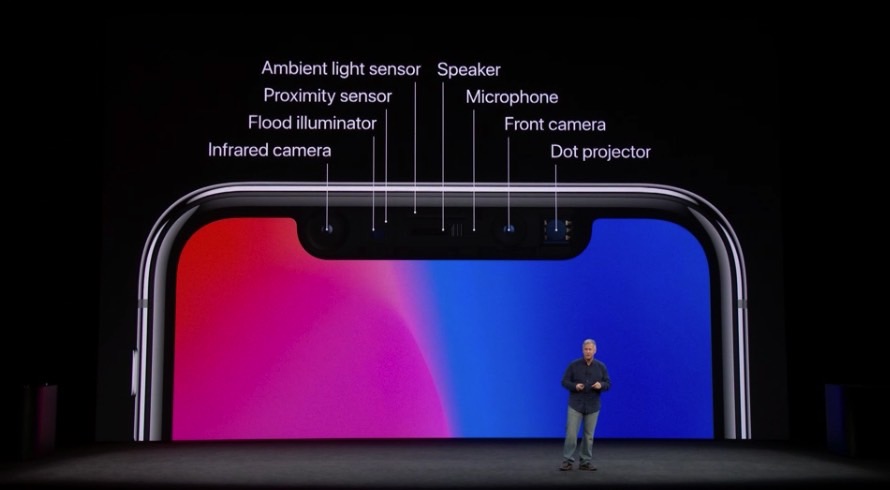Now that the iPhone X reviews have begun to trickle out, future owners are finally getting answers to the questions they’ve been asking ever since Apple unveiled the phone back in September. One of the most important questions is whether or not the new Face ID authentication works as advertised, and save for a few select instances, the results seem to be overwhelmingly positive so far. But as good as it may be, Face ID still isn’t perfect.
While putting the phone through its paces, at least two publications tested to see how the iPhone X would handle identical twins. Of course, a vast majority of us will never have to worry about this conundrum, but it’s still interesting to see the results. And oddly enough, each publication came back with different results.
First up is Business Insider, which asked twins Greg and Brain Fieber to put Face ID through its paces. Brian went through the process of setting up Face ID on the iPhone X, and after testing it with sunglasses, a hat and a scarf (all of which worked flawlessly), he handed the phone to his brother. Greg was unable to unlock the phone with his face, seemingly confirming that even your own twin sibling won’t be able to sneak a peek at your texts.
But when Mashable conducted a similar test two different pairs of twins, both pairs were able to fool Face ID and unlock the iPhone X. Mashable even had one pair of twins switch places and had both of them take off their glasses, but the phone still unlocked. You can see the test in action in the video below:
To be fair, in the white paper regarding Face ID, Apple did note that the probability of twins matching would be different than two people who didn’t look anything alike. Here’s the full quote regarding probability from the paper:
The probability that a random person in the population could look at your iPhone X and unlock it using Face ID is approximately 1 in 1,000,000 (versus 1 in 50,000 for Touch ID). For additional protection, Face ID allows only five unsuccessful match attempts before a passcode is required to obtain access to your iPhone. The probability of a false match is different for twins and siblings that look like you as well as among children under the age of 13, because their distinct facial features may not have fully developed. If you’re concerned about this, we recommend using a passcode to authenticate.
Until there are hundreds of thousands of iPhone X devices out in the wild, it will be hard to know how well Face ID truly works. But as it stands, the identical twins out there might want to be extra careful and use a passcode.








